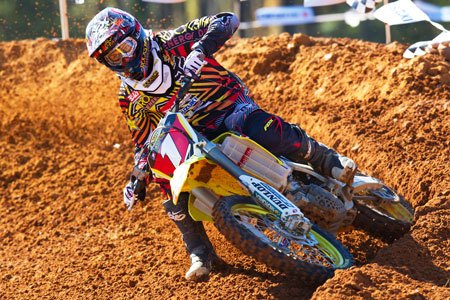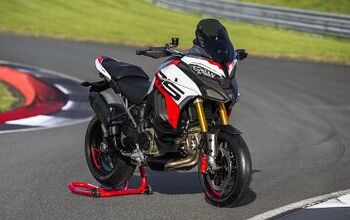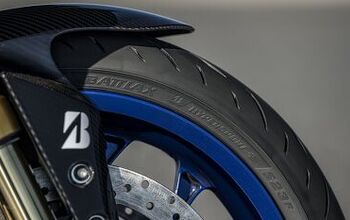Motocross Protective Gear Guide
Thinking about getting into motocross? Well before you jump on your bike and hit the dirt, you need to make sure you have the right protective equipment.
Motocross is a fun sport for riders young and old, but it can also be very dangerous. Wearing the proper protective gear will help keep you safe but it will also give you the peace of mind to have fun.
Some items are absolute must-haves such as a helmet, boots and gloves. Other items, such as chest protectors, aren’t mandatory but they are a good idea. And there are items like neck braces and knee braces for those who want the added protection or those who are serious about getting into competitive motocross racing.
Here are some of the things you should look for when buying motocross protective gear.
Motocross Helmets
Motocross helmets come with different features such as venting or weight, and usually with very colorful graphics. The most important thing to look for though is safety certification from the Department of Transportation (DOT) and the Snell Memorial Foundation.
It doesn’t matter how many certifications a helmet has however if it doesn’t fit properly. A good motocross helmet should fit your head snugly and not slide around if you push the helmet back and forth on your head. A new helmet may feel especially tight because the liner hasn’t been compressed with use.
Goggles
If you do a lot of riding in muddy conditions, you might want to consider tear-offs or roll-offs. Tear-offs are thin layers of film that you attach over your goggle lens. If you get mud sprayed across your goggles and find it hard to see, simply tear off a layer and you’ll have a fresh, clear view. Roll-offs are similar, only instead of tearing off each layer, you roll them like photographic film in small canisters mounted on the sides of your goggles.
Jerseys, Pants and Gloves
Motocross apparel can be quite fashionable, coming in different colors and styles. But motocross jerseys and pants also serve a practical purpose.
Nylon jerseys and pants are fairly tough and dry quickly when wet. Some jerseys use moisture-wicking material which draw moisture away from your skin while some jerseys and pants are vented for increased airflow.
Jerseys and pants, and even gloves can often be bought together for a matching look, but they can also be bought separately if you want to mix and match. That is especially imporant if you want to ensure each item fits properly.
Fit is especially important for riding gloves, and they are not too expensive so you may want to buy a pair separately. When trying on gloves, hold your hands in position as if you were gripping your handlebars and see how they feel.
Motocross gloves should offer good palm protection and some gloves offer extra padding on the palm or on top of the fingers. Make sure the material doesn’t get bunched up in your palm or the seams don’t rub awkwardly between your fingers. Small irritants like that may feel bearable when you’re trying them on, but that may change when you’re riding.
Body armor provides protection from crashes and falls as well as rocks and debris. Motocross armor typically includes a chest protector and shoulder pads while some incorporate kidney protection.
Armor is usually worn under the jersey though some types of protective plating are designed to be worn on the outside.
For added safety, you might want to consider a neck brace. Motocross neck braces are designed to work with helmets as well as body armor. They protect the neck by limiting the range of motion during. Neck braces can also absorb or redirect the force of impact, lessening the strain on your neck and vertebrae.
Knee and Elbow Guards
For additional protection, you may want to consider a knee brace which helps prevent the knee from being twisted or turned beyond its natural range of motion. Knee braces are pricier than knee guards, but if you want the added protection, or if you have a previous knee injury, the extra cost is worth it.
Elbow pads may not be as vital as knee guards but they provide similar protection. In the event of a crash, your arms will instinctively come up and elbow pads will help absorb the impact of landing.
Motocross Boots
Boot soles can wear with use from contact with the footpegs. Some manufacturers offer replaceable soles which will help extend the life of a pair of boots.
You may also want to invest in some socks designed for motocross. Like your boots, motocross socks go up over your calves. The extra padding fills in the space in your boot, improving the fit, and they can help prevent blisters from developing.
No matter how much protective gear you have on, always remember to ride safe and within your limits.
More by Staff



































Comments
Join the conversation